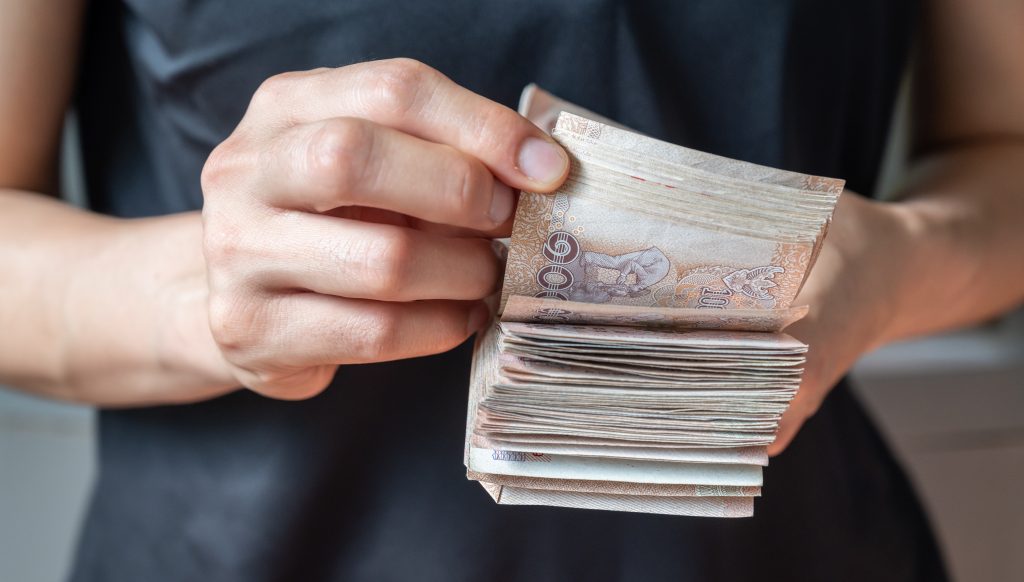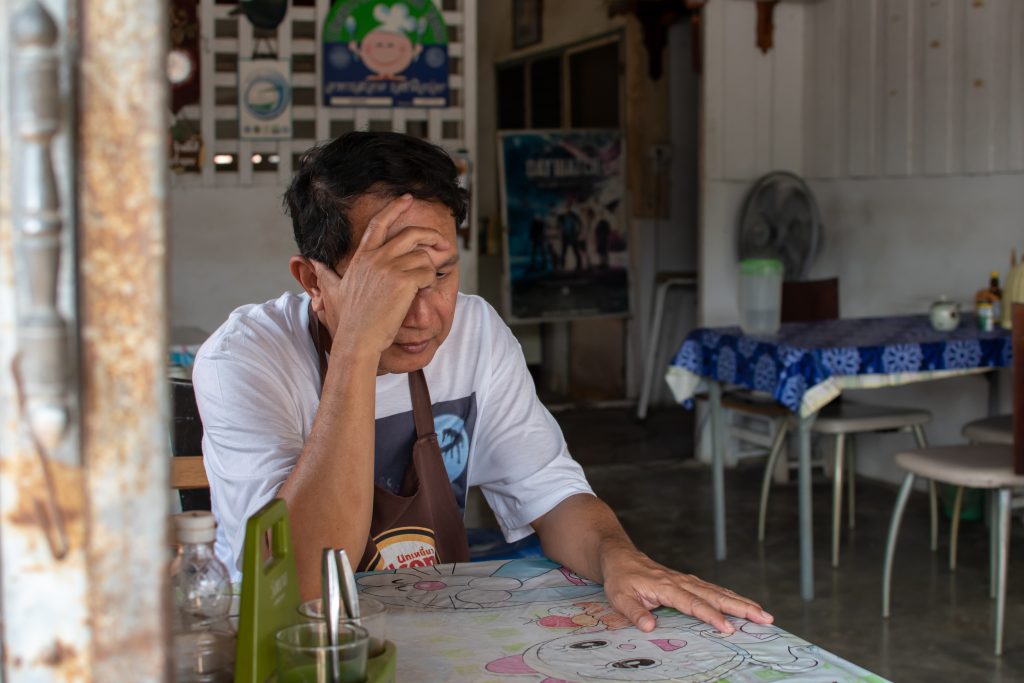The effects of the pandemic, and the country’s pathway to recovery.
By Pooja Shah
The COVID-19 outbreak has had a direct and profound impact on economic growth and businesses over the past year and a half, especially as the Thai government continues to struggle with lockdown measures to contain the spread of infection. Despite the increasing availability of vaccines, people are wondering what recovery will look like for the country, what post-pandemic economic plans are in place, and how long this recovery is projected to take. We’ve put together a summary of the ways the Thai economy has been affected, and what we can expect moving forward.
The Thai economy was greatly disrupted by the prolonged and severe waves of tight, COVID-related restrictions, which had a detrimental impact on consumer and corporate sentiment.
- Following a 6.1 percent drop in GDP in 2020, the economy shrank by -2.6 percent in the first quarter of 2021, one of the steepest drops among ASEAN member countries.
- According to Tanit Sorat, the vice chairman of the Employers’ Confederation Thai Trade and Industry (EconThai), the country’s unemployment rate will rise to 2.5 percent in the second quarter from 1.96 percent, meaning an estimated 937,500 people will be unemployed by the end of the year.
- Low household earnings and rising unemployment has resulted in a large loss of THB 2.6 trillion in income.
Economic activity is unlikely to rebound to pre-pandemic levels until 2022, and recovery will be gradual and uneven.
- The National Economic and Social Development Council (NESDC) has lowered their growth forecast from 1.5-2.5 percent to 0.7-1.2 percent. This reflects the impact of the third wave of COVID -19 on private consumption and the possibility that international visitor arrivals will remain low until the end of 2021, implying a longer recovery period compared to other Asian countries.
- Tourism will return to normal in 2026, according to TAT’s Tourism Marketing Research Center. The impact of COVID -19 will cause a delay in recovery, affecting more than 7 million tourism employees. If workers are laid off, they will be unable to re-enter the workforce and may be forced to change careers.
- According to the Central Bank of Thailand, the number of unemployed in Thailand is expected to rise to 3.4 million by the end of the year. With the economy not growing as fast as expected, there may not be enough job openings for graduates. As a result, employers will postpone hiring new staff, affecting 490,000 graduates.
The economic shock caused by COVID-19 has had a negative impact on employment and income, but the government has taken strong steps to ameliorate the consequences.
- Despite the country’s substantial domestic liquidity, cheap borrowing costs and current account surplus, the government announced that they would borrow another THB 1 trillion to fund their COVID stimulus initiatives, on top of the THB 1 trillion borrowed last year and THB 500 billion earlier this year. The governor of the Bank of Thailand, Sethaput Suthiwartnarueput, said the economic crisis triggered by the pandemic was bigger than the 1997 Asian financial crisis and that government borrowing would help accelerate GDP growth.
- By the end of 2021, the government wants to vaccinate 70 percent of the population (50 million people), and any delays in the timetable could have a detrimental impact on internal mobility, consumption, and tourism. Furthermore, recovering global demand for automobile components, electronics, machinery, and agricultural items has boosted Thai exports, which have boosted the Thai economy significantly.
- In 2022, Thailand’s economic recovery is expected to pick up speed, with annual GDP growth rising to 5.1 percent, depending on:
- solid progress in domestic vaccination rates
- an improvement in global development that will be sufficient to allow for a partial recovery in international tourism
- the allocation of the recently approved THB 1 trillion fiscal stimulus package.

While the COVID-19 social welfare program has been impressive in many aspects, many are sceptical that these measures will help the Thai economy and social welfare in the future. Other suggestions include:
- The Bank of Thailand is encouraging the government to borrow an additional THB 1 trillion to deal with the pandemic’s severe economic impact and improve the country’s long-term growth prospects. However, due to Thailand’s constrained liquidity market, large-scale borrowing may not be feasible.
- Suthiwartnarueput added that the government should borrow more money to reinforce economic multipliers like the present co-payment plan, loan guarantee scheme, and other subsidy programs to help people cope with the pandemic’s challenges.
- The provincial co-payment system might be expanded to allow the government to hire unemployed people and graduates to perform surveys or work on local development projects like road building and water resource development. Mr. Sonat opposed the government’s money distribution tactics, claiming that they simply provide a short-term economic boost, while the above projects can instead create jobs. A three- or six-month job creation initiative would be more beneficial to the economy.









